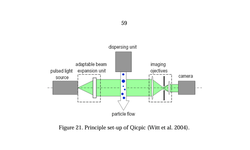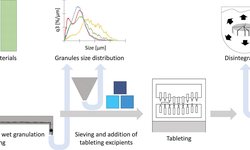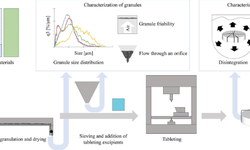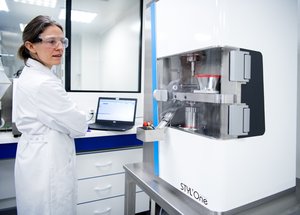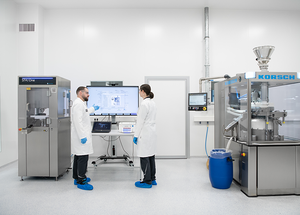Effervescent tablet preparation by twin-screw melt granulation
In a recent study, effervescent granules containing citric acid and sodium bicarbonate were successfully prepared using twin-screw melt granulation (TS-MG) with sorbitol as a melt binder. This approach offers a continuous, scalable alternative to traditional batch methods, aligning with the pharmaceutical industry's shift towards continuous manufacturing.
The study systematically varied processing parameters, specifically granulation temperature and screw speed, to investigate their influence on granulation efficiency and tablet properties. Granulation efficiency, inversely related to the weight percentage of fines, decreased in the following order across the tested conditions (granulation temperature–screw speed; °C–rpm): 95–6 > 100–5 > 90–5 > 100–7 > 90–7. Granulation temperature had a minimal impact on the bulk and tapped densities of the uncalibrated granules, whereas increased screw speed led to higher densities, associated with a reduced proportion of fines.
The tensile strength of the resulting effervescent tablets increased with granulation temperature and was generally higher for tablets derived from granules with higher granulation efficiency. The residence time within the TS-MG barrel decreased with increasing temperature and screw speed. Notably, the greatest effect of granulation temperature on tensile strength occurred between 90 and 95 °C, particularly under longer residence times.
The disintegration time of the tablets was shortest for the 90 °C and 5 rpm condition, corresponding to the lowest tensile strength, while tablets across formulations showed consistent homogeneity as indicated by similar pH values post-disintegration.
These findings underscore sorbitol’s suitability as a melt binder and highlight the interplay between TS-MG parameters and the physical characteristics of effervescent granules and tablets. The study paves the way for more efficient and scalable production of effervescent tablets, potentially enhancing patient compliance and therapeutic outcomes.
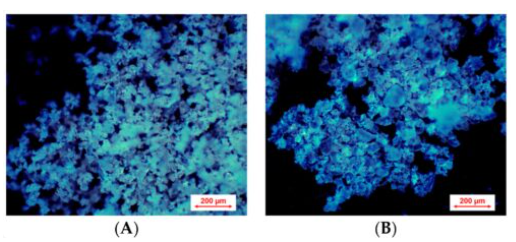
Comments
No comments posted yet.


